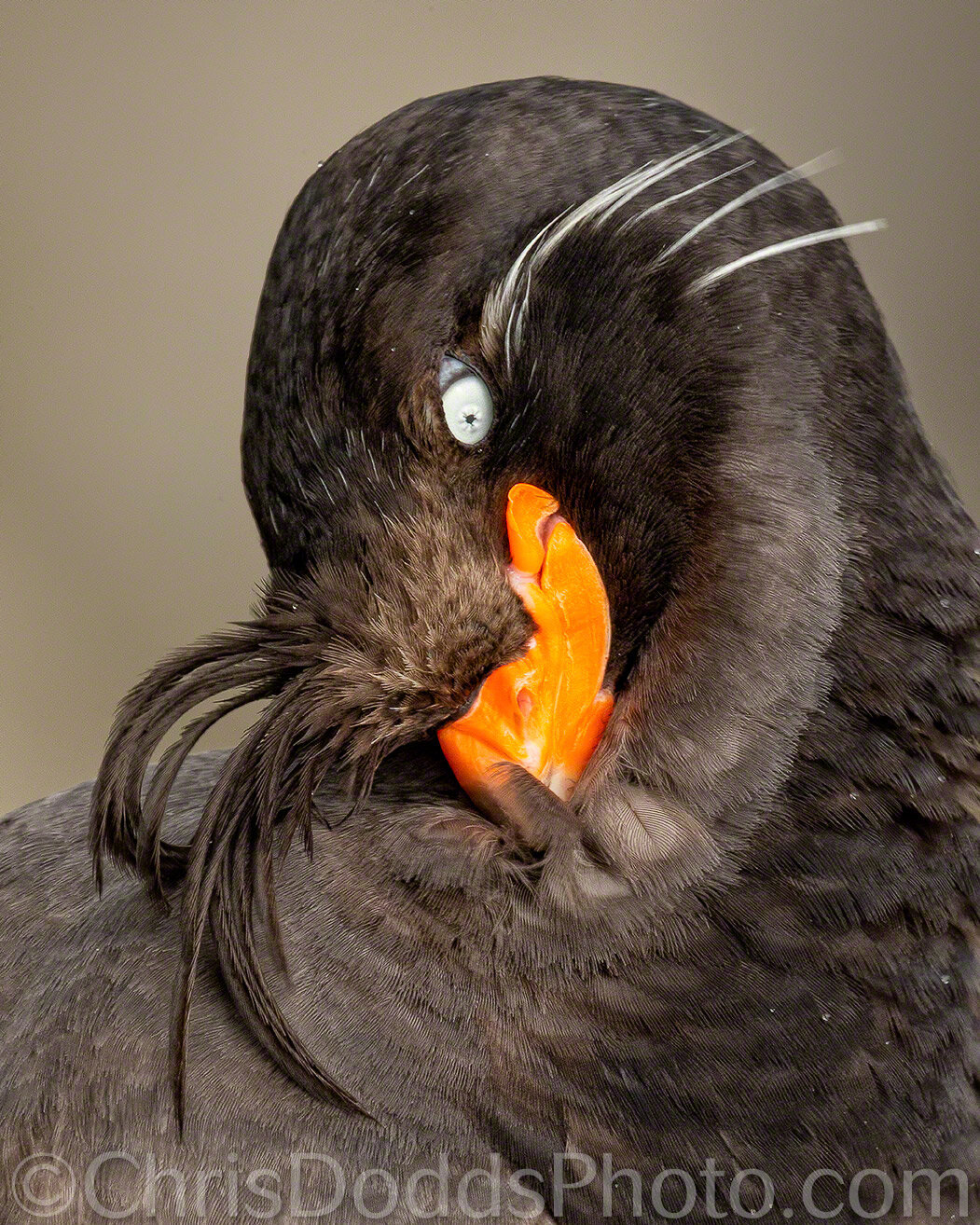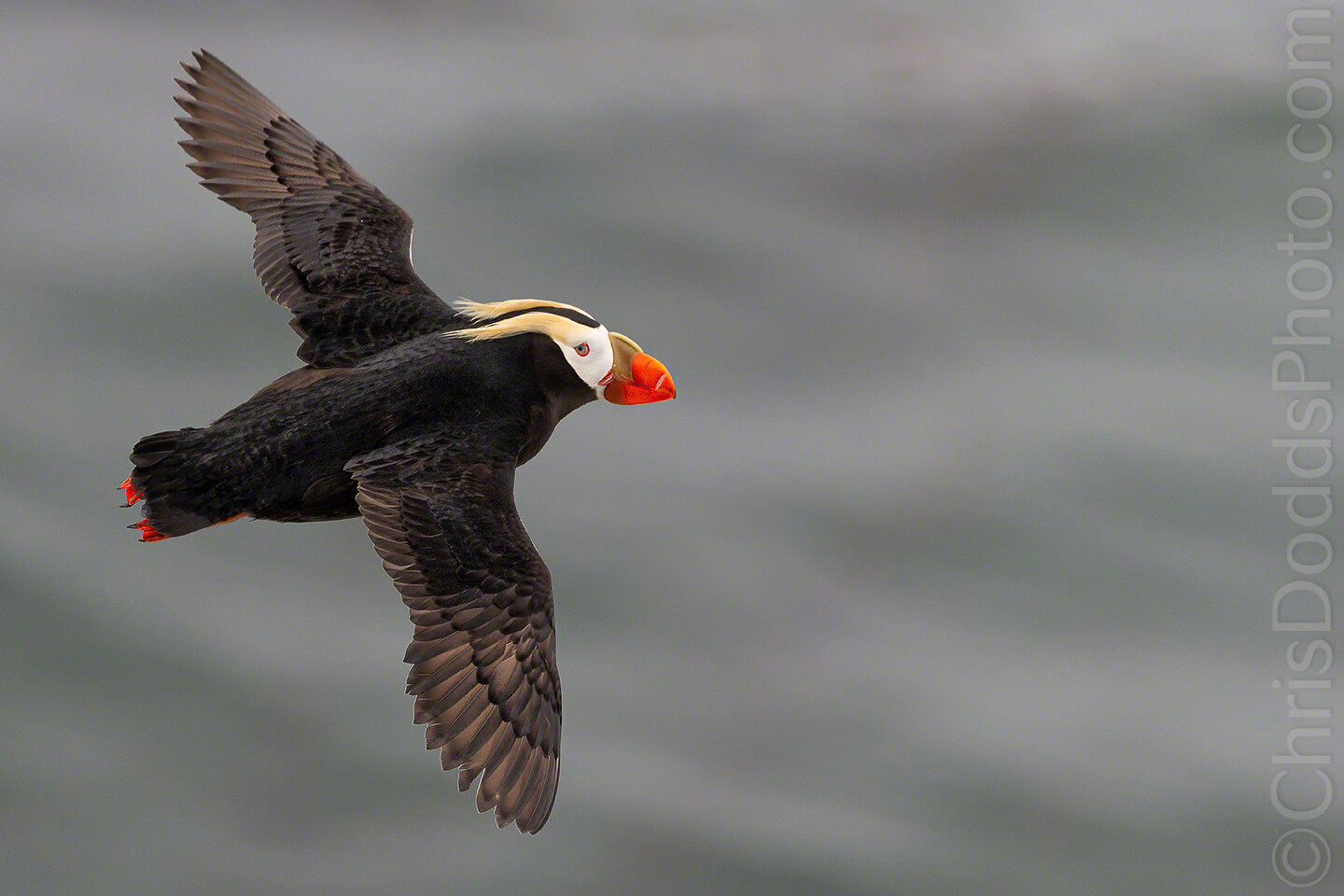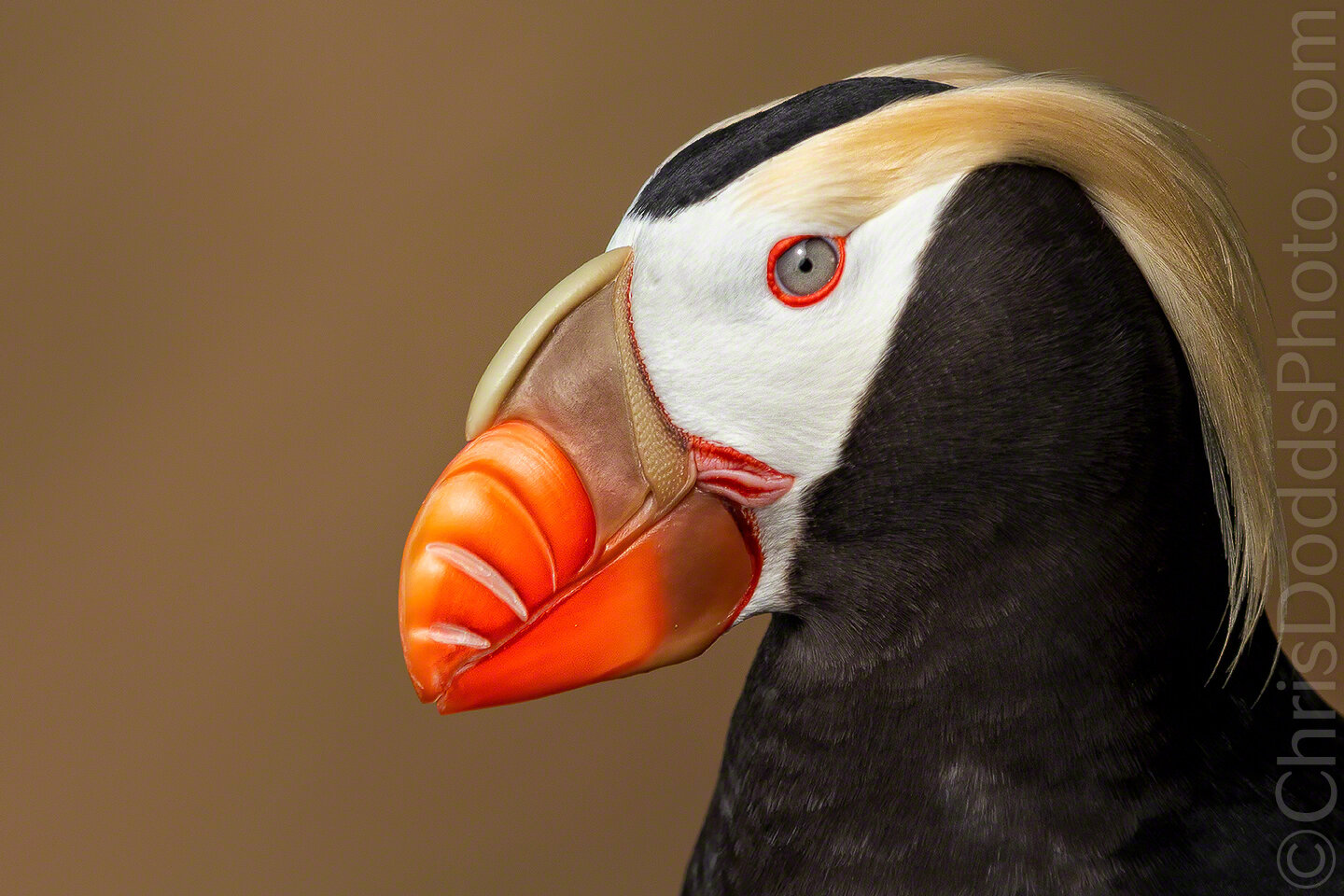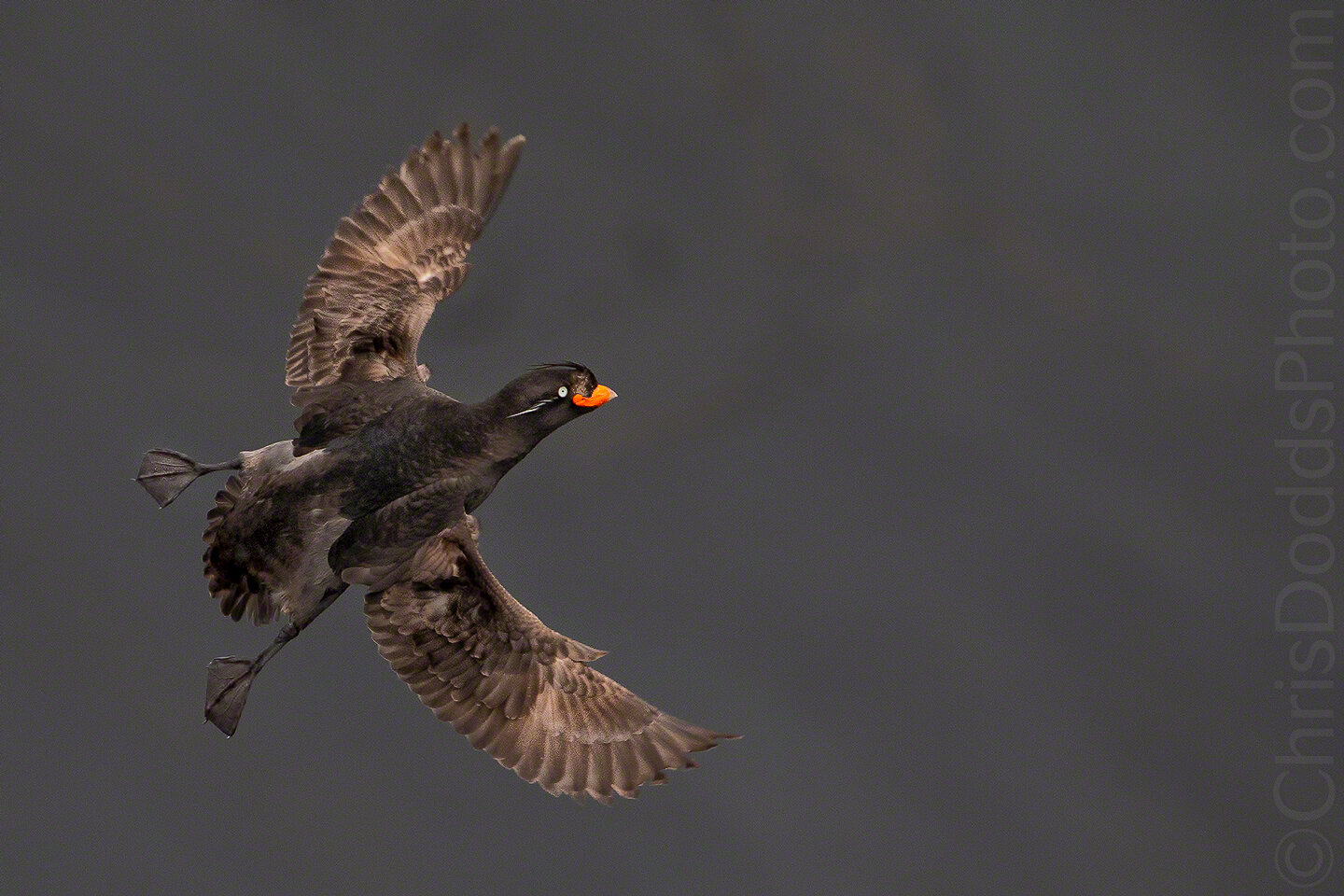“As an experienced wildlife & landscape photographer I would highly recommend you attend one of Chris Dodds' workshops - I have attended a number of Chris' workshops and each of them reflect Chris' caring. I just attended the St. Paul, Alaska workshop - typical of Chris' professionalism, and expertise. He only takes you to those unique shooting opportunities when he is convinced that the shoot will provide you the experience you are seeking. In the Saint Paul Island workshop's case he has visited this unique special remote island for over 25 years. The local small population obviously respects Chris and they do all they can to assist the experience. You shoot from a variety of locations, with many types of birds, complimented by wild fox, sea lions etc. Chris has the talent to assist both experienced and novice photographers - he makes sure you get the opportunities you want, and if you need extra help he enjoys jumping in and helping you. If you had to summarize Chris' workshops in a few words - Great well researched locations, tremendous local knowledge, dedicate to your photographic results being all you could possibly want.”
— Wynne Powell British Columbia, Canada
Crested Auklet Preening (Aethia cristatella, stariques cristatelles, CRAU) Saint Paul Island, AK ©Christopher Dodds Sony Alpha a9 Mirrorless Camera & Sony FE 400 f/2.8 GM OSS with Sony FE 2X Teleconverter ISO 2,500, f/20 @ 1/250s Manual Exposure mode. Join me for my Saint Paul Island, AK workshop this July to learn more CLICK HERE.



















